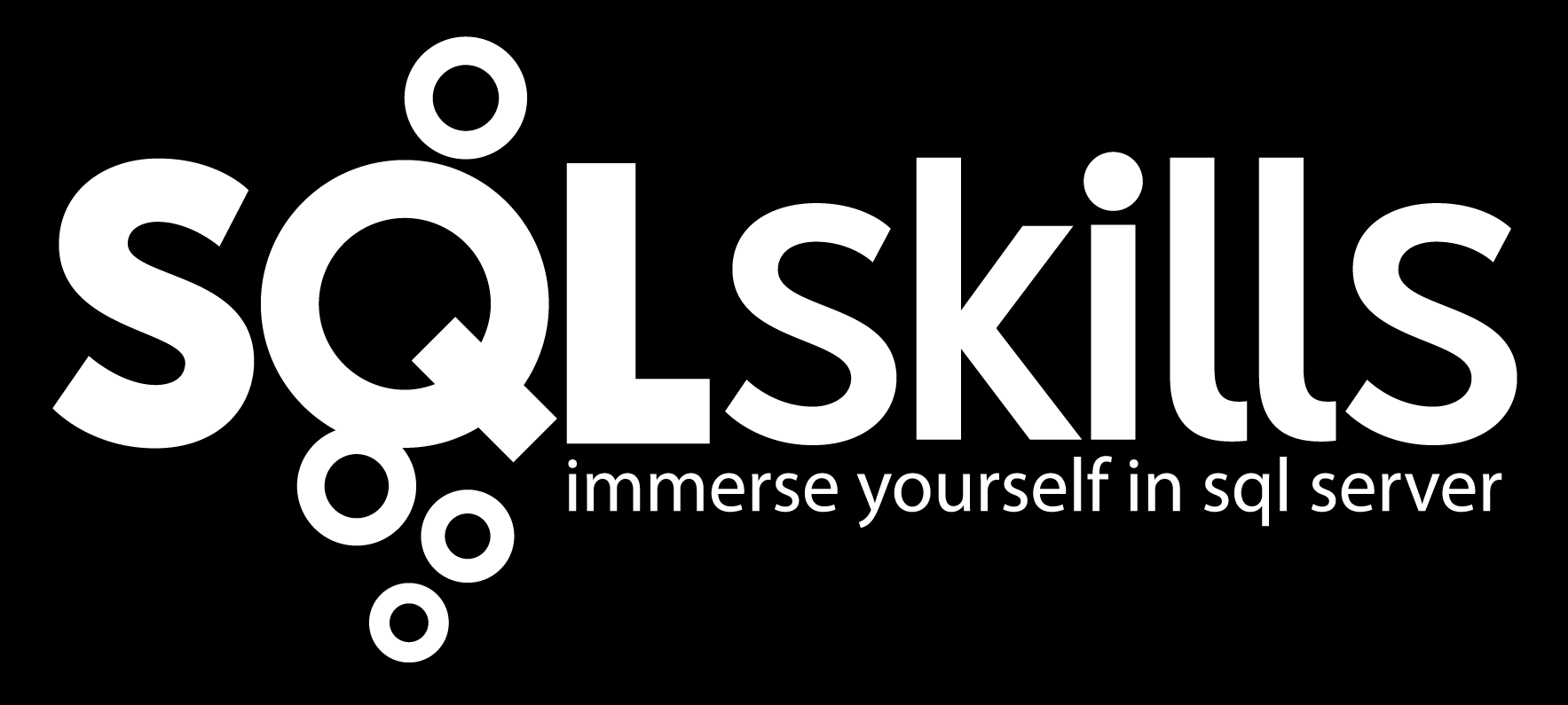This is part of a series on programming policy-based management. The series starts here.
Now, we'll tackle programming a little bit more complicated policy. The table-naming standard that applies to a set of database objects. For this, we need three items:
1. Condition for defining the policy itself.
2. Policy that uses the condition and contains….
3. Condition that specifies a set of database objects to which the policy should be applied.
The first condition is straightforward
Condition con = new Condition(ps, "TablePattern");
con.Facet = "IMultipartNameFacet";
ExpressionNode exp = new ExpressionNodeOperator(OperatorType.LIKE,
new ExpressionNodeAttribute("Name"),
new ExpressionNodeConstant("fintbl%")
);
con.ExpressionNode = exp;
con.Create();
Note that, as with the complex condition we specified previously (part 3), you can't specify 'LIKE' by using the Parse() method, but 'LIKE' does appear when you access the condition by using ToString(). Perhaps, in future, Parse and ToString will be reflexive on an ExpressionNode. Or maybe I'm just missing something.
The first part of the policy is straightforward too:
Policy p2 = new Policy(ps, "CheckFinanceTab");
p2.Condition = "TablePattern";
p2.AutomatedPolicyExecutionMode = AutomatedPolicyExecutionMode.Enforce;
p2.Enabled = true;
But we want this policy to apply to to the TABLES (not views, for example) and only those tables in the finance database. For this, we need an ObjectSet.
ObjectSet os1 = new ObjectSet(ps, "CheckFinanceTab_ObjectSet");
os1.Facet = "IMultipartNameFacet";
Note that ObjectSets reference Facets too. Note also that ObjectSets are a "top-level" object, that is, in the PowerShell provider they appear at the same level as Conditions and Policies. Note that Facets do NOT appear at that level.
Before we go any further, cavaet… there is no function in SSMS to define an ObjectSet standalone. Therefore, no way to delete a "half-baked" ObjectSet from SSMS if you don't want it. To delete an ObjectSet you don't want, you need to go into the PowerShell provider, navigate to SQLSERVER:\SQLPolicy\{server}\{instance}\ObjectSets and delete it. "del MyObjectSet". In SSMS, deleting a policy that refers to an ObjectSet deletes the ObjectSet too. Not sure if you can have multiple policies refer to the same ObjectSet yet, but if you could I assume you'd have to delete all the policies before an ObjectSet would go away.
